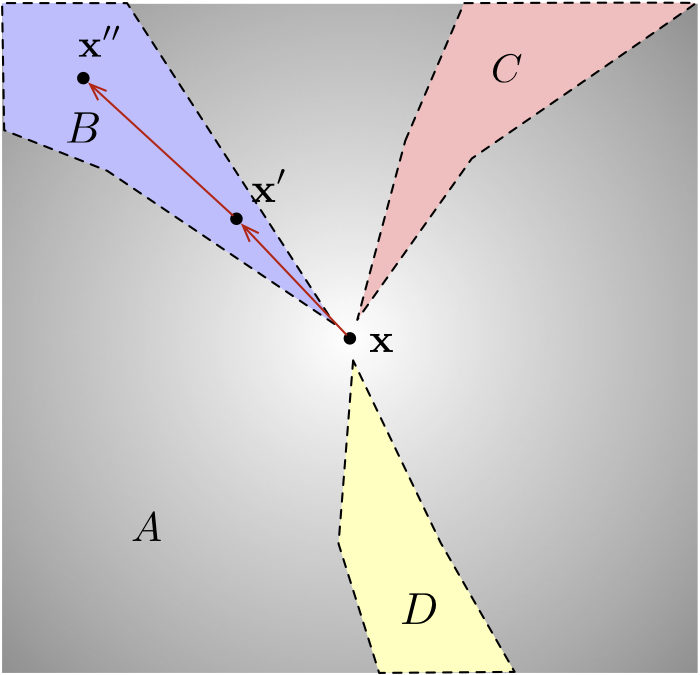*: Equal Contribution
This repo contains official code and models for the NeurIPS 2019 paper, A New Defense Against Adversarial Images: Turning a Weakness into a Strength.
We postulate that if an image has been tampered with adversarial perturbation, then surrouding adversarial directions either become harder to find with gradient methods or have substantially higher density than for natural images. Based on this, we develop a practical test for this signature characteristic to successfully detect both gray-box and white-box adversarial attacks. Here are the experiment results on ImageNet against different attacks:
- Python 3
- PyTorch >= 1.0.0
- numpy
- For CIFAR10 dataset, it is downloaded automatically by
torchvision.datasets.CIFAR10function in train_vgg19.py. - For ImageNet dataset, download the validation images to a folder
./imagenetdata/, then move them into labeled subfolders with imagenet.sh.
train_vgg19.py is adopted from pytorch-vgg-cifar10. To train a vgg19 model for CIFAR10, run:
$ python train_vgg19.py
To perform an attack, run:
$ python attack.py [-h] --real_dir REAL_DIR --adv_dir ADV_DIR --name NAME
[--dataset DATASET] [--setting SETTING] [--allstep STEP]
[--base BASE] [--lowbd LOWBD] [--upbd UPBD] [--radius RADIUS]
optional arguments:
-h, --help show this help message and exit
--real_dir REAL_DIR directory to store images correctly classified
--adv_dir ADV_DIR directory to store adversarial images
--name NAME the name of the adversarial example
--dataset DATASET cifar | imagenet
--setting SETTING white | gray
--allstep STEP number of steps to run an iterative attack
--base BASE model: vgg for cifar and resnet/inception for imagenet
--lowbd LOWBD index of the first adversarial example to load
--upbd UPBD index of the last adversarial example to load
--radius RADIUS adversarial radius
To evaluate the detection method, run:
$ python evaluate.py [-h] --real_dir REAL_DIR --adv_dir ADV_DIR --title TITLE
[--dataset DATASET] [--base BASE] [--lowbd LOWBD]
[--upbd UPBD] [--fpr FPR] [--det_opt OPT]
optional arguments:
-h, --help show this help message and exit
--real_dir REAL_DIR directory to store images correctly classified
--adv_dir ADV_DIR directory to store adversarial images
--title TITLE title of your attack, should be name+step format
--dataset DATASET cifar | imagenet
--base BASE model: vgg for cifar and resnet/inception for imagenet
--lowbd LOWBD index of the first adversarial example to load
--upbd UPBD index of the last adversarial example to load
--fpr FPR false positive rate for detection
--det_opt OPT combined | l1 | targeted | untargeted
If you use our code or wish to refer to our results, please use the following BibTex entry:
@InProceedings{Yu_2019_NeurIPSweakness,
author = {Yu, Tao and Hu, Shengyuan and Guo, Chuan and Chao, Weilun and Weinberger, Kilian},
title = {A New Defense Against Adversarial Images: Turning a Weakness into a Strength},
booktitle = {Proceedings of the 33rd Conference on Neural Information Processing Systems (NeurIPS 2019)},
month = {Oct.},
year = {2019}
}

